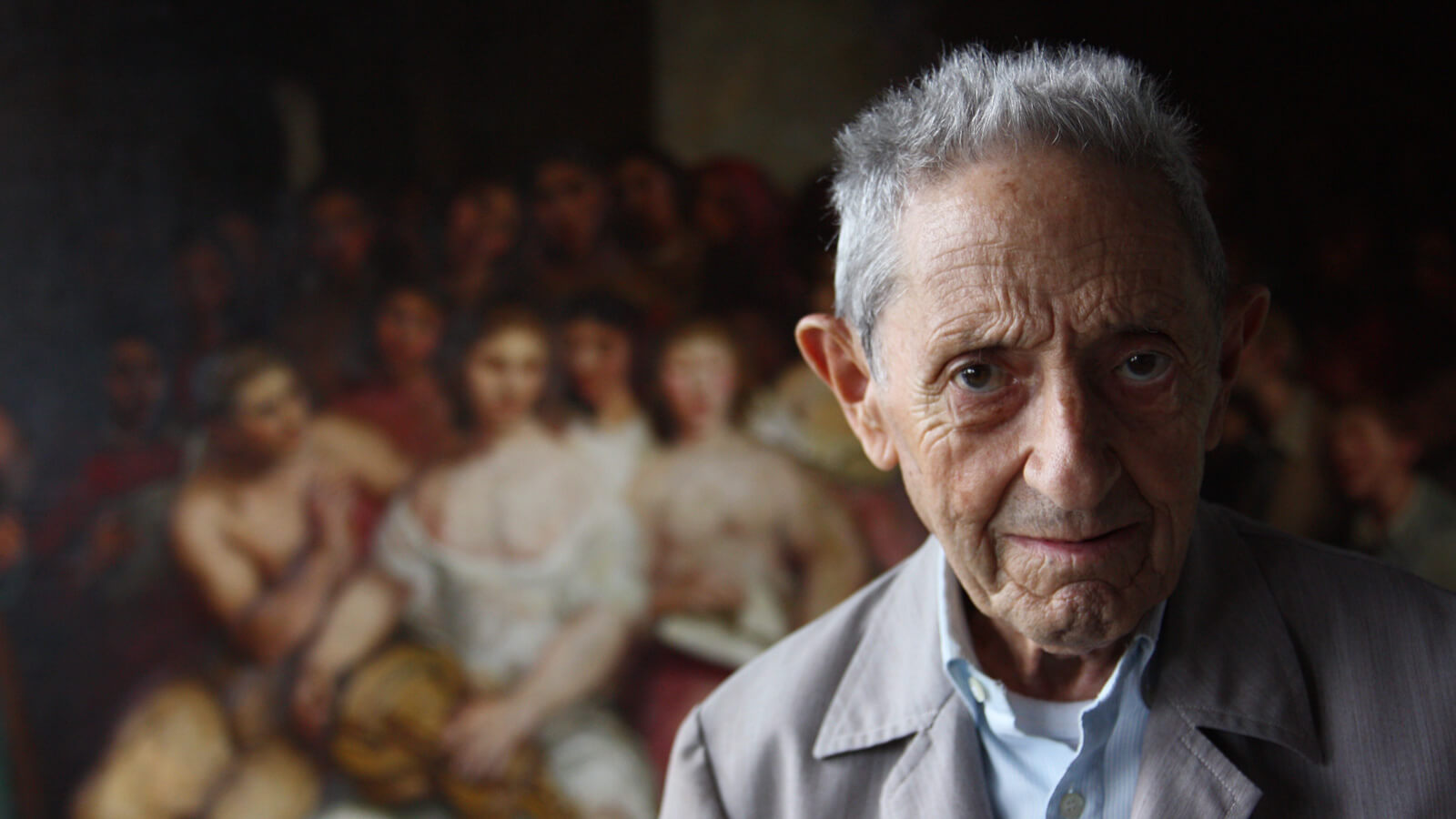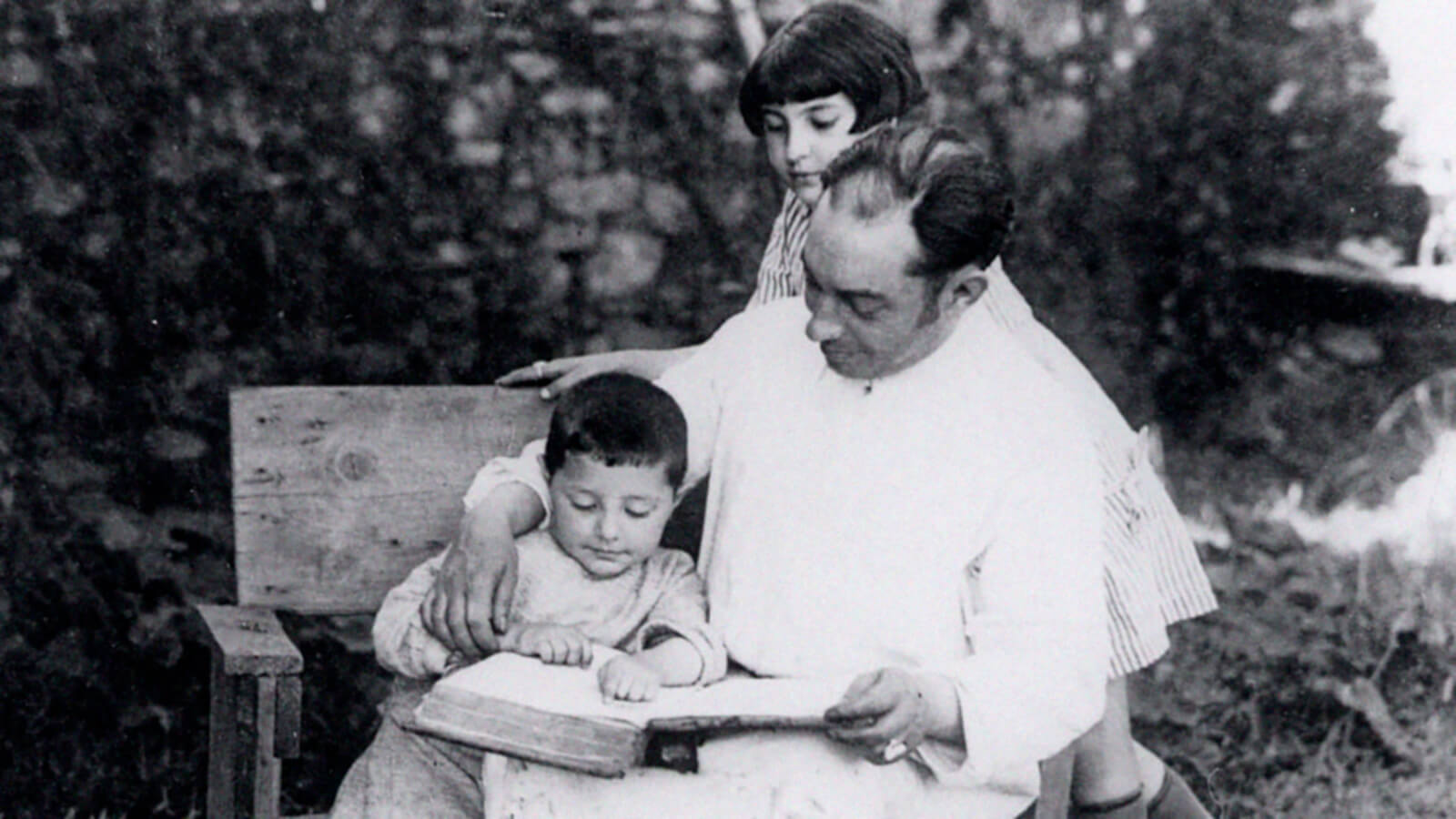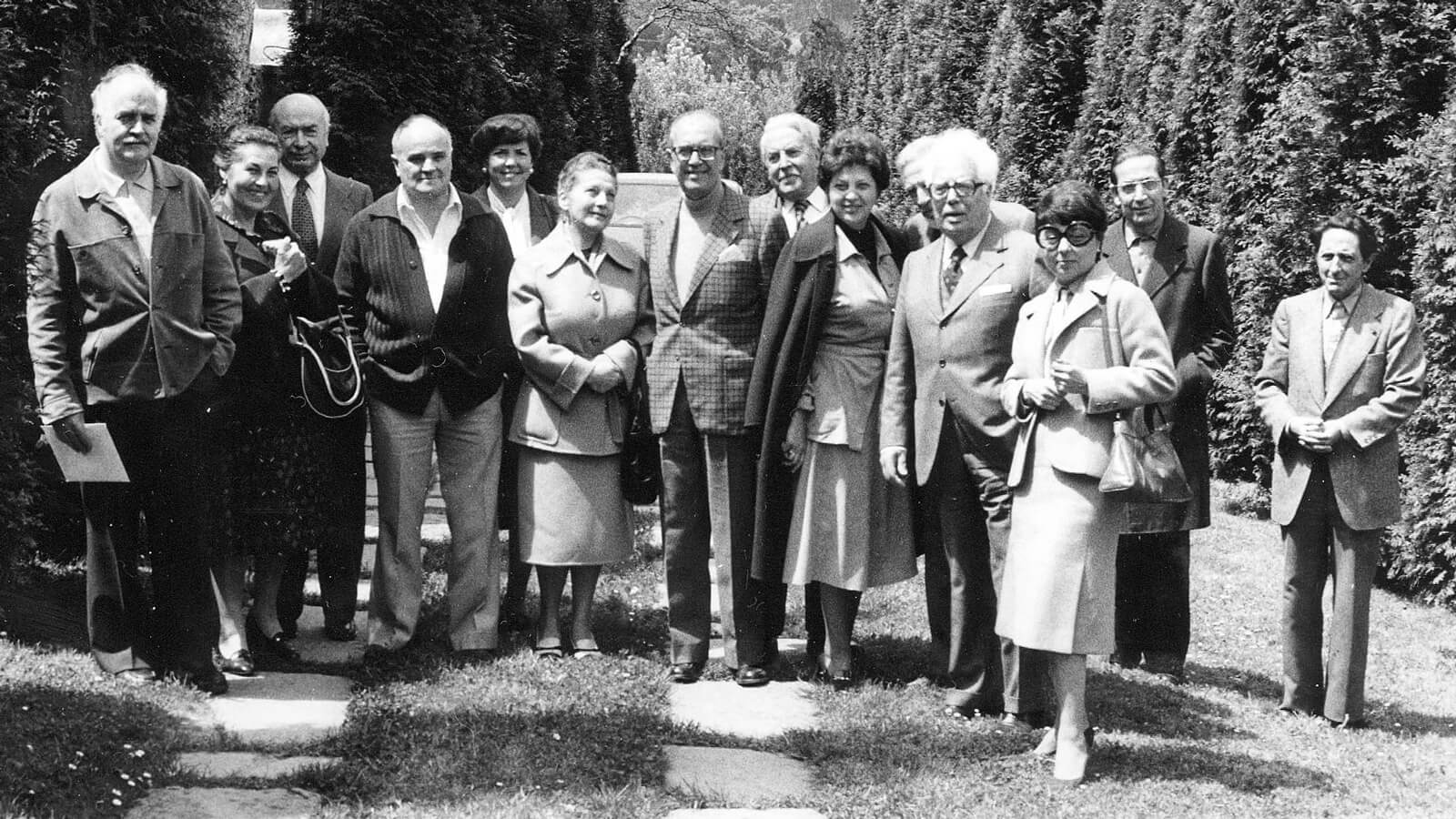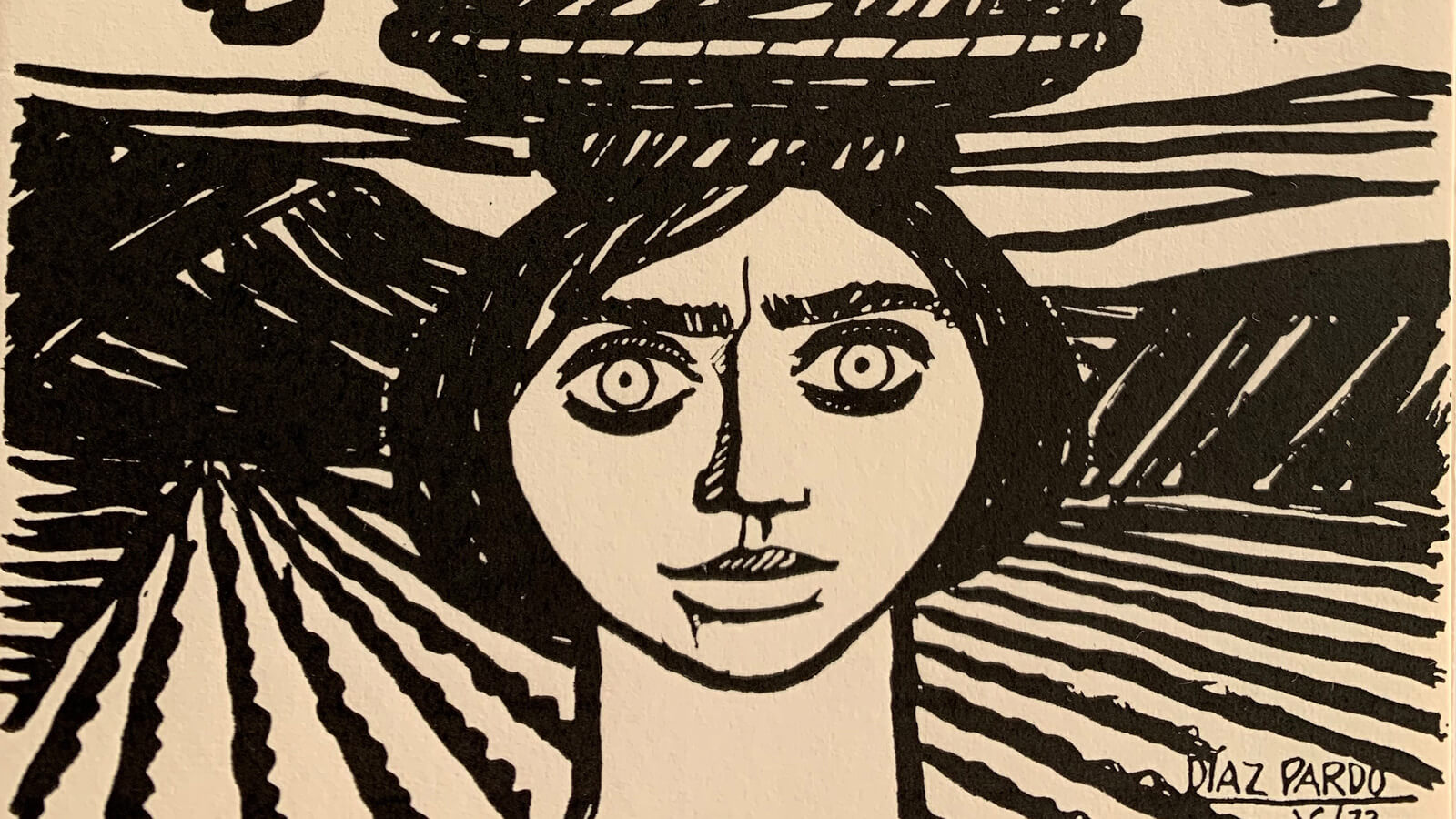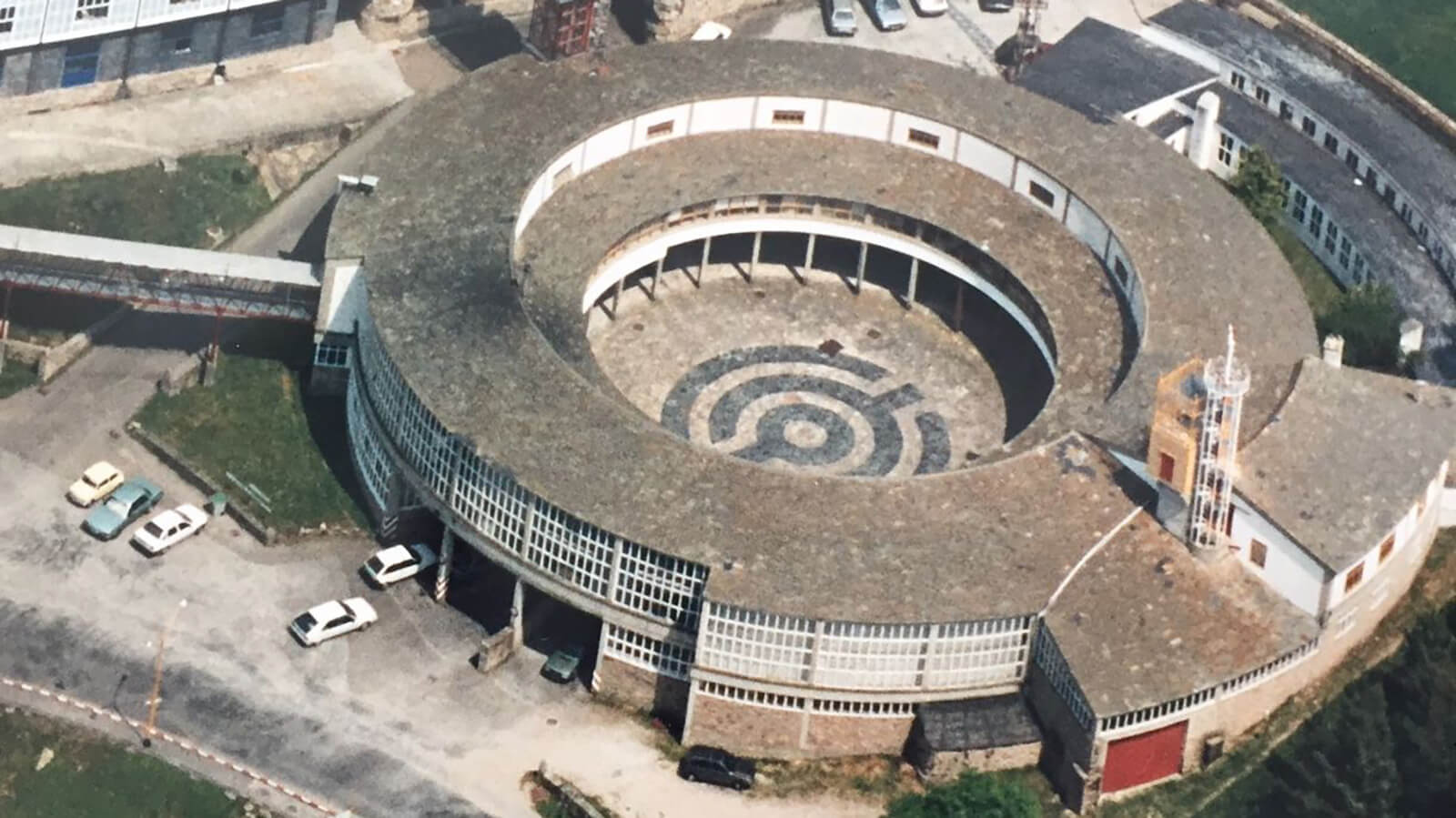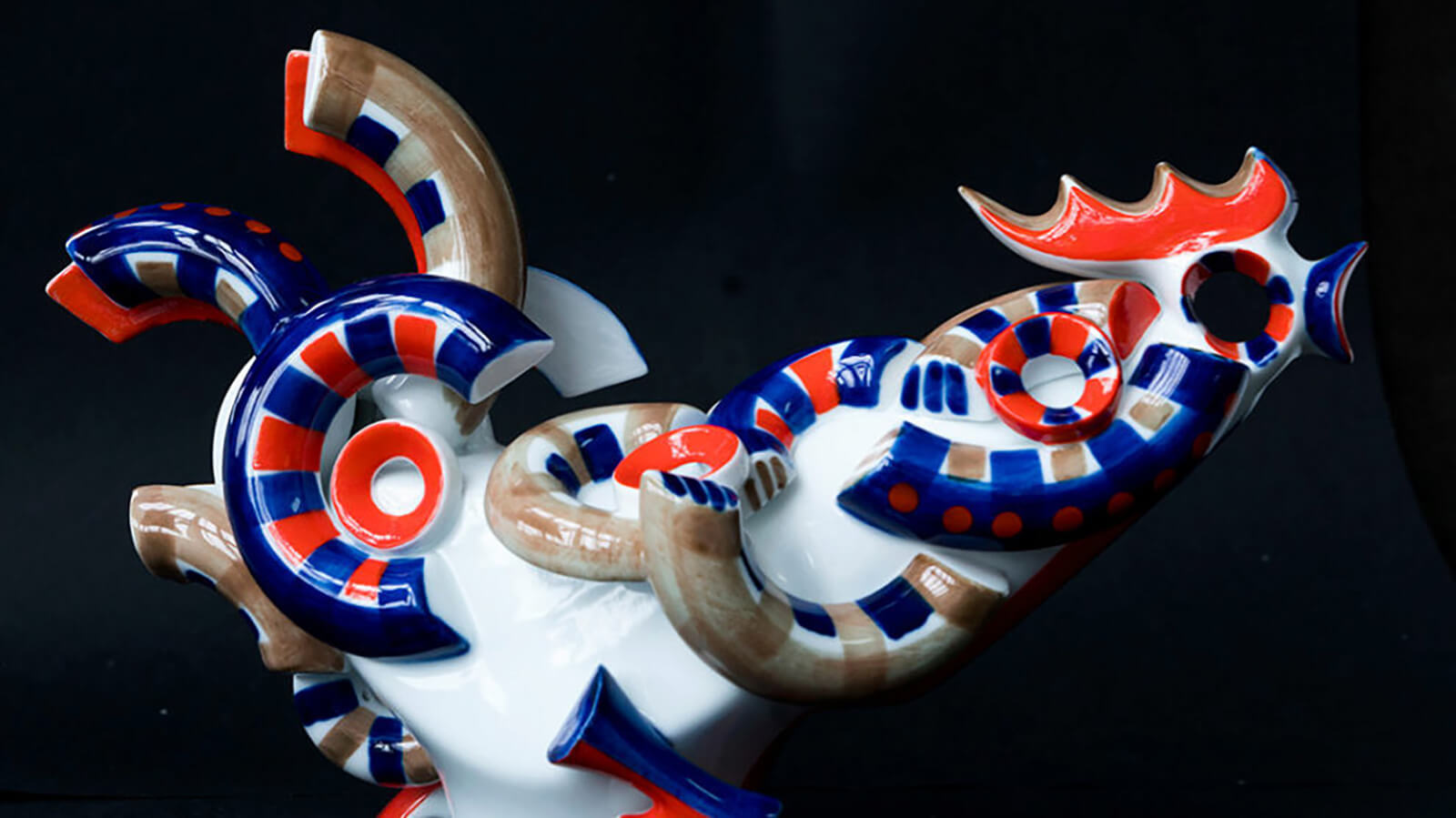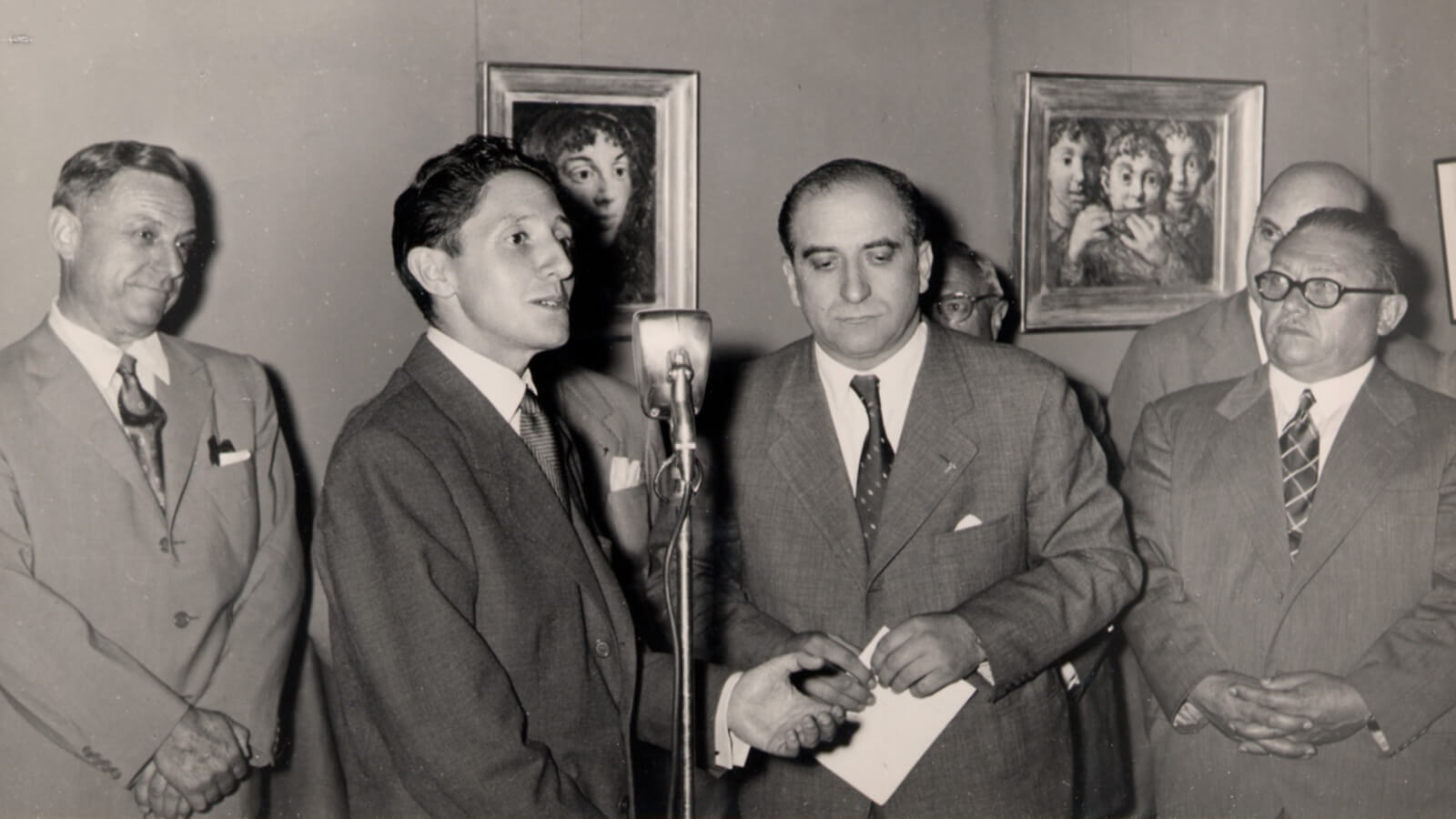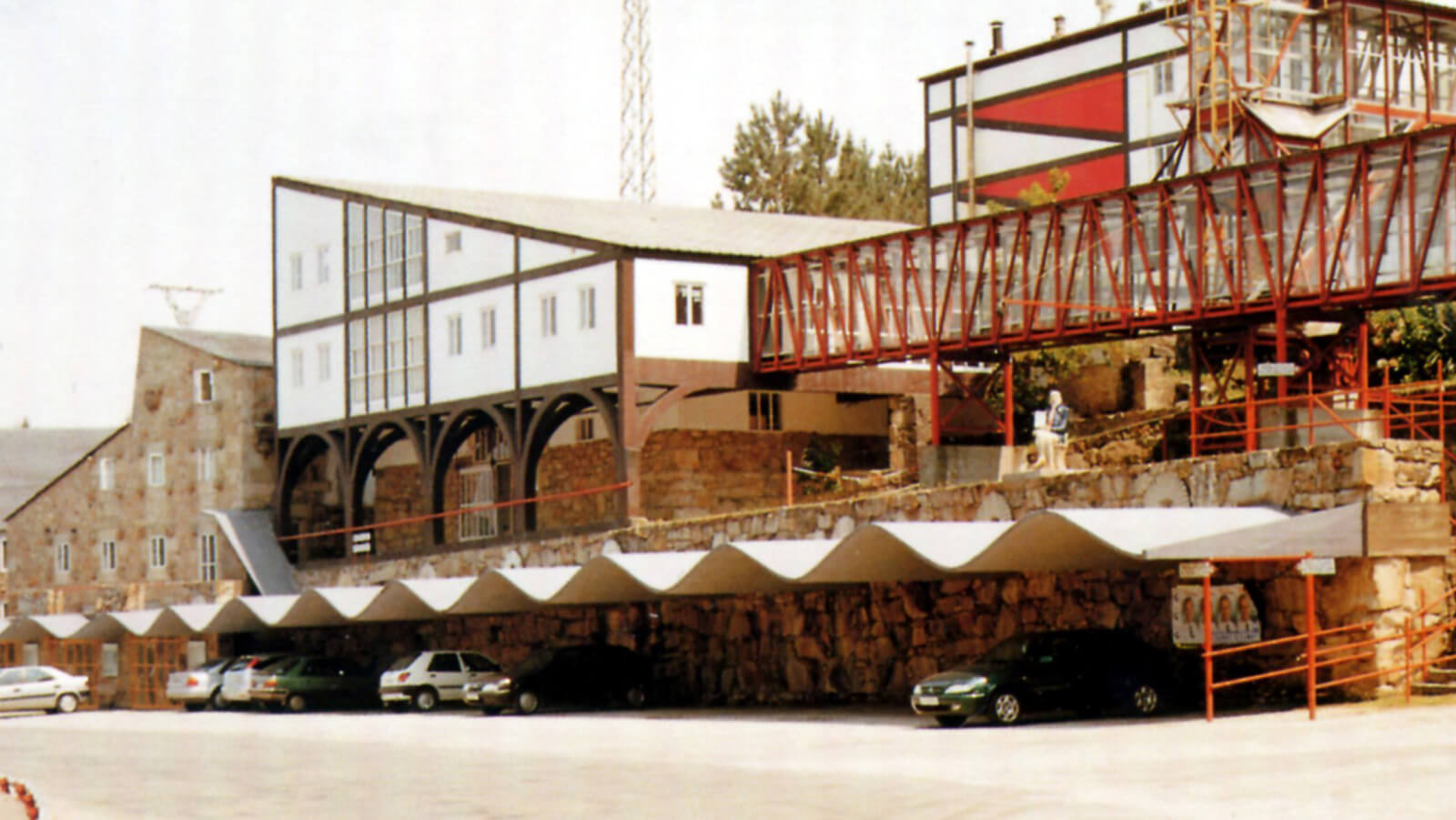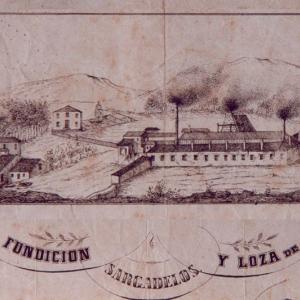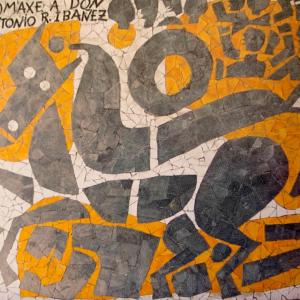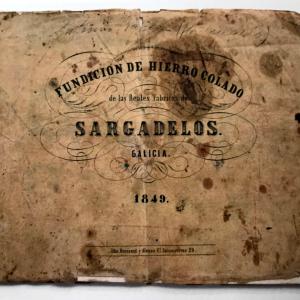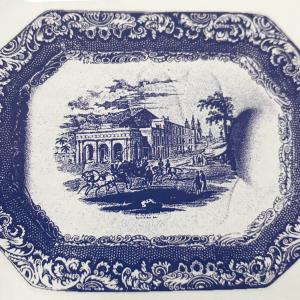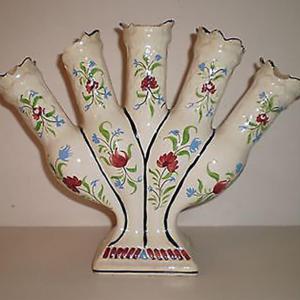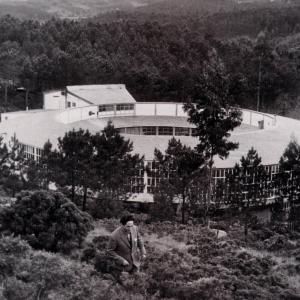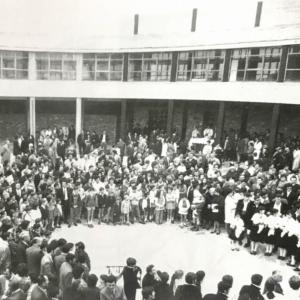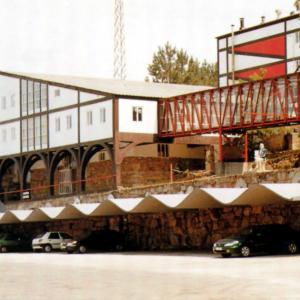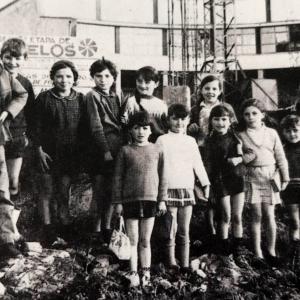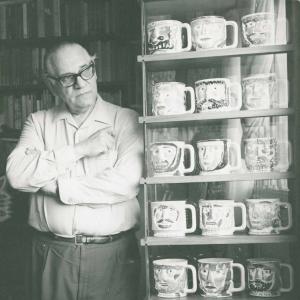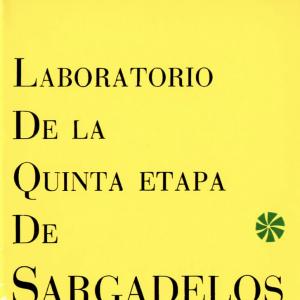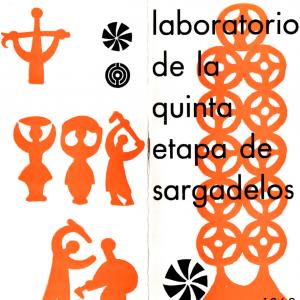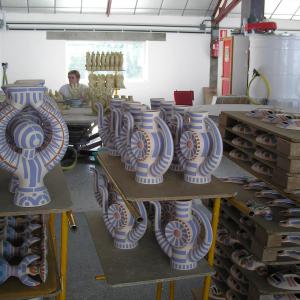The old Sargadelos: History of the industrial complex of Sargadelos: the steel and ceramics factories
The creation of the industrial complex of Sargadelos was the work of Antonio Raimundo Ibáñez (1749-1809), an enlightened man born in the Asturian parish of Oscos, on the border with Galicia, to a poor noble family. After setting up in Ribadeo in 1768, he began a business on his own, becoming one of the most outstanding businessmen in the area.
The creation of the industrial complex of Sargadelos was the work of Antonio Raimundo Ibáñez (1749-1809), a man of the enlightenment born in the Asturian parish of Oscos, into a poor noble family.
In 1784, together with José de Andrés García, a rich wholesaler from Santiago, he founded the Real Compañía Marítima to trade with Russian linen, iron and steel from Sweden, cauldrons from Bordeaux and cod from Terranova. Then in 1791 the two partners founded the steel complex of Sargadelos. When the company was dissolved in 1794, it was left in the hands of Ibáñez, who until his death manufactured cast iron bars in the steelworks to be used as ballast for the navy’s ships, and above all munitions for the army. In 1803 he extended the industrial complex by starting construction of the ceramics factory which would give Sargadelos its fame and importance.
Initially, the Sargadelos steel complex only manufactured iron bars for the navy’s ships and munitions for the army.
After the death of Ibáñez, his eldest son José Ibáñez took over the factories. During this second period, the steelworks was focused more on the manufacture of cauldrons than munitions, whose production almost stopped in early 1829. The death of José Ibáñez in 1836 represented the end of Ibañez family’s control over Sargadelos. In 1840, his widow Ana Valera leased the steelworks for twenty years to Ramón Francisco Piñeiro, a businessman from Carril who formed a partnership with other traders and bankers from Ribadeo, Viveiro and Santiago. In 1845, Piñeiro also leased the ceramics factory for fifteen years.
In 1848, the two majority partners, Piñeiro and Luis de la Riva Barros, from Santiago, together with other traders from Santiago, Carril and Madrid, created the company Luis de la Riva y Compañía to operate the Sargadelos factories.
The first trials for the manufacture of ceramics began in 1806. Production was 20,000 pieces per year by the 1830s.
Between 1840 and 1860 they initiated a process of technical and economic modernisation of the factory which doubled the production of cast iron bars and increased the manufacture of products for the distribution of water and domestic consumption. When the leases on the factories ended, the engineer Carlos Ibáñez, grandson of the founder, tried unsuccessfully to start up the ovens again, but they were finally shut down in 1875.
The first trials for the manufacture of ceramics began in 1806, during the founder’s lifetime, but it was his son José Ibáñez who would extend the original factory, which was producing 20,000 pieces per year of pottery by the early 1830s.
Between 1809 and 1875, the factory produced plaques, vases, jugs, lamps, candlesticks, crockery, toiletries, Mambrú jugs and lithographed dinner sets.
A number of different periods can be differentiated:
A first period (1809-1832), in which the products manufactured included plaques, vases and jugs in neo-classical style inspired by the English ceramics of Bristol, which were white in colour, with a brilliant lacquer and a cream or slightly blue finishing.
The second period (1835-1842), in which José Ibáñez formed a company with Antonio Tapia and in which the factory came to be directed by the Frenchman M. Richard. It was characterised by the manufacture of fine hand-painted white china and the start of the first trials for stamped and polychrome effects. Among the pieces created in this period were lamps, candlesticks, crockery, plaques with mythological and religious themes and dressing-table objects.
The hiring of expert ceramicists from abroad proved key to achieving exceptional quality and variety in the figures and crockery.
The third period (1845-1862), in which Luis de la Riva y Cía were responsible for operating the factory, was the golden age of the historical Sargadelos. In this period over 1,000 families came to work there, under the direction of Edwin Foster from Britain. They achieved exceptional levels of quality and variety, with the introduction of opaque china, monochrome prints and the impregnation of colour in the backgrounds, with pieces as characteristic as the Mambrú jugs and the dinner services illustrated with lithographic prints.
The third period (1845-1862) was the golden age of the historical Sargadelos. Over 1,000 came to work there at the time.
The fourth and final period 1870-1875) was headed once more by the Ibáñez family, which recovered the management of Sargadelos and associated with Atocha and Morodo (from La Coruña) in 1873. These years were marked by the end to investments in new facilities and the refusal to hire expert ceramicists from abroad. The factory limited itself to reproducing the pieces from the previous period, without achieving the same level of quality.
The new Sargadelos
The restoration of Sargadelos, the most important project carried out by the Laboratorio de Formas, was an idea that Isaac Díaz Pardo had been considering since he learned about the history of the industrial, steel and ceramics complex created by Antonio Raimundo Ibáñez.
The restoration of Sargadelos was the most important project of the Laboratorio de Formas.
And even more so, since in the late 1940s and early 1950s he had experimented in Castro with kalinite clay that the Asturian/Galician man of the enlightenment who founded the original Sargadelos and his descendants and lessees used to manufacture porcelain in the ceramics factory of Sargadelos in the first two-thirds of the 19th century.
In 1964, one year after its creation, the Laboratorio de Formas set up the company Sargadelos Ltda., which in 1968 used the raw materials from the neighbouring kaolinite deposits to begin trials in a small experimental plant. Two years later the circular plant of the new Sargadelos plant factory was opened, designed by Andrés Fernández-Albalat. This marked the implementation of the ideas of the Laboratorio de Formas: the study of Galician designs and their application to industrial objects, specifically ceramics, porcelain and ornamental pieces, with the aim of producing a different product with the added value of its guarantee of origin.
In 1964, the Laboratorio de Formas set up the company Sargadelos Ltda.; four years later it began trials in a small experimental plant, and in 1970 the factory’s new circular plant was inaugurated.
Shortly after that, the products manufactured by Sargadelos, in white and cobalt blue as an identifying feature, and the updated seven-pointed star of its first period as a company mark, become the most popular and best-known ceramics among Galicians. They turned their gallery-shops into real cultural centres in the cities and towns of the country and operated as unofficial embassies for Galicia abroad.
The ideas of Laboratorio de Formas provided the basis of the success of the new Sargadelos, as did the previous experience of Isaac Díaz Pardo in the factories of Cerámica do Castro and Magdalena, in terms of experimentation with the Sargadelos clays, the design of machinery for the manufacture of ceramics and the study of ways of organising work and production.
The products manufactured in Sargadelos, coloured white and cobalt blue, became the most popular and best-known ceramics among Galicians.
The research into new designs for the new Sargadelos began in 1967 and became consolidated in 1970 with the creation of the Seminario de Estudos Cerámicos. The research focused on the study of Galician art and culture from the Palaeolithic to the 20th century, including mediaeval codices, popular art and architecture, and modernism and the avant-garde. Formal motifs from castro culture were used, together with the different manifestations of popular culture and architecture, Romanesque and the baroque, the history and legends of Galicia, not forgetting modernism and the 20th-century avant-gardes (Russian constructivism, Bauhaus rationalism and new American design).
At the heart of the success of the new Sargadelos were the ideas of the Laboratorio de Formas, the design of machinery and the organisation of work and production.
Most of the designs came from Isaac Díaz Pardo and the team of the Seminario de Estudos Cerámicos, but there was also input, before his premature and sudden death, from the work of Luis Seoane, author of the eighteen head jugs of mediaeval Galician characters. They responded to an educational idea of making the history of Galicia better known even through the shops.
The research into new designs began in 1967 and became consolidated starting in 1970 with the creation of the Seminario de Estudos Cerámicos.
Over the years, the new Sargadelos, under the leadership of Isaac Díaz Pardo, consolidated its position both in industry and as a cultural reference in Galicia. The ceramics factory was extended and significant work was carried out in the field of art and industry through the Seminario de Sargadelos (1972) and its two departments, Communication and Technology; the former responsible for everything related to design, historical research, publications, exhibitions and the organisation of seminars and the educational project Experiencias de Tecnoloxía e Escola Libre; with the latter being responsible for research into materials and procedures.
Formal motifs from castro and popular culture were used, together with Romanesque and baroque, the history and legends of Galicia, not forgetting modernism and the 20th-century avant-gardes.
From the very start, the new Sargadelos demonstrated its links to the historical Sargadelos: it fostered the conservation of the old industrial complex and spread and publicised its history in exhibitions and research published by Ediciós do Castro.
In 1972 the old complex was declared a historical and artistic site, and later the Ministry of Culture restored the Casa da Administración. This is now the headquarters of the Royal Sargadelos Trust, which is responsible for protecting the complex as a whole. In 1994, the Instituto Galego de Información, with Isaac Díaz Pardo as the leading figure, was the main promotor of the exhibition organised in the Museum of the Galician People about Las Reales Fábricas de Sargadelos, the Army and the Navy, organised by the Ministry of Defence and the Royal Sargadelos Trust. It was accompanied by the publication of a catalogue in eight volumes, published by Ediciós do Castro, including sources and historical research on the old Sargadelos.
The new Sargadelos demonstrated its links to the historical Sargadelos: in 1972 the old complex was named a historical and artistic site.
The Sargadelos factory, together with that of Castro, would continue to operate under the management of Díaz Pardo until in the early 2000s a business decision by other partners would remove him from positions of control. Currently, after overcoming many obstacles, the ovens of Castro and Sargadelos continue to operate with a project that is more commercial and less cultural.

